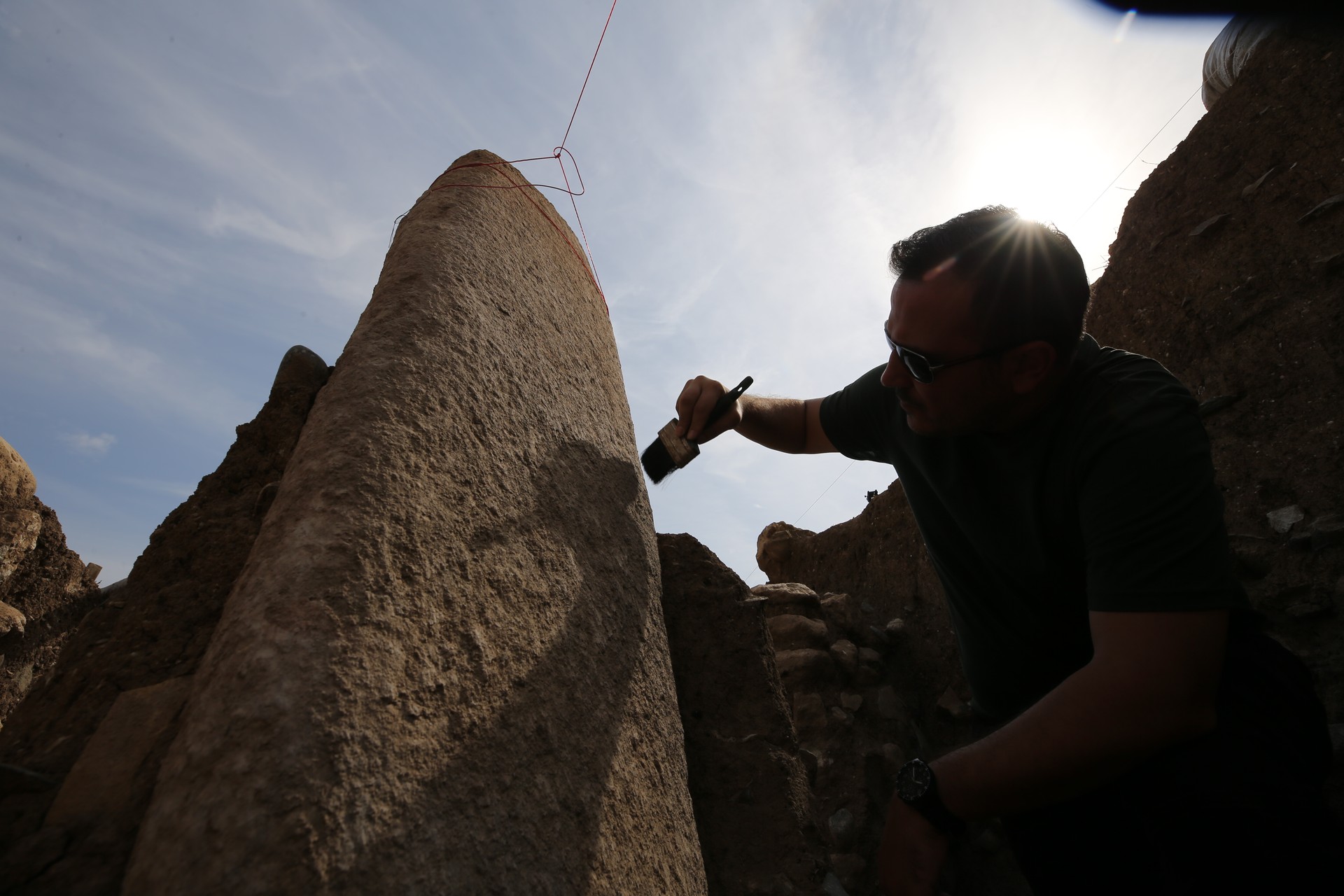
Boncuklu Tarla, an ancient archaeological site located in the Ilisu neighborhood of Dargecit, Mardin, continues to shed light on early human civilization. With a history dating back 12,000 years, this site will now undergo uninterrupted excavation as part of the "Heritage for the Future Project."
The site, known for its discoveries that date earlier than previously estimated, was highlighted in the final part of Anadolu Agency's special series on archaeological digs in Anatolia. The report emphasizes findings that point to periods far older than initially anticipated.
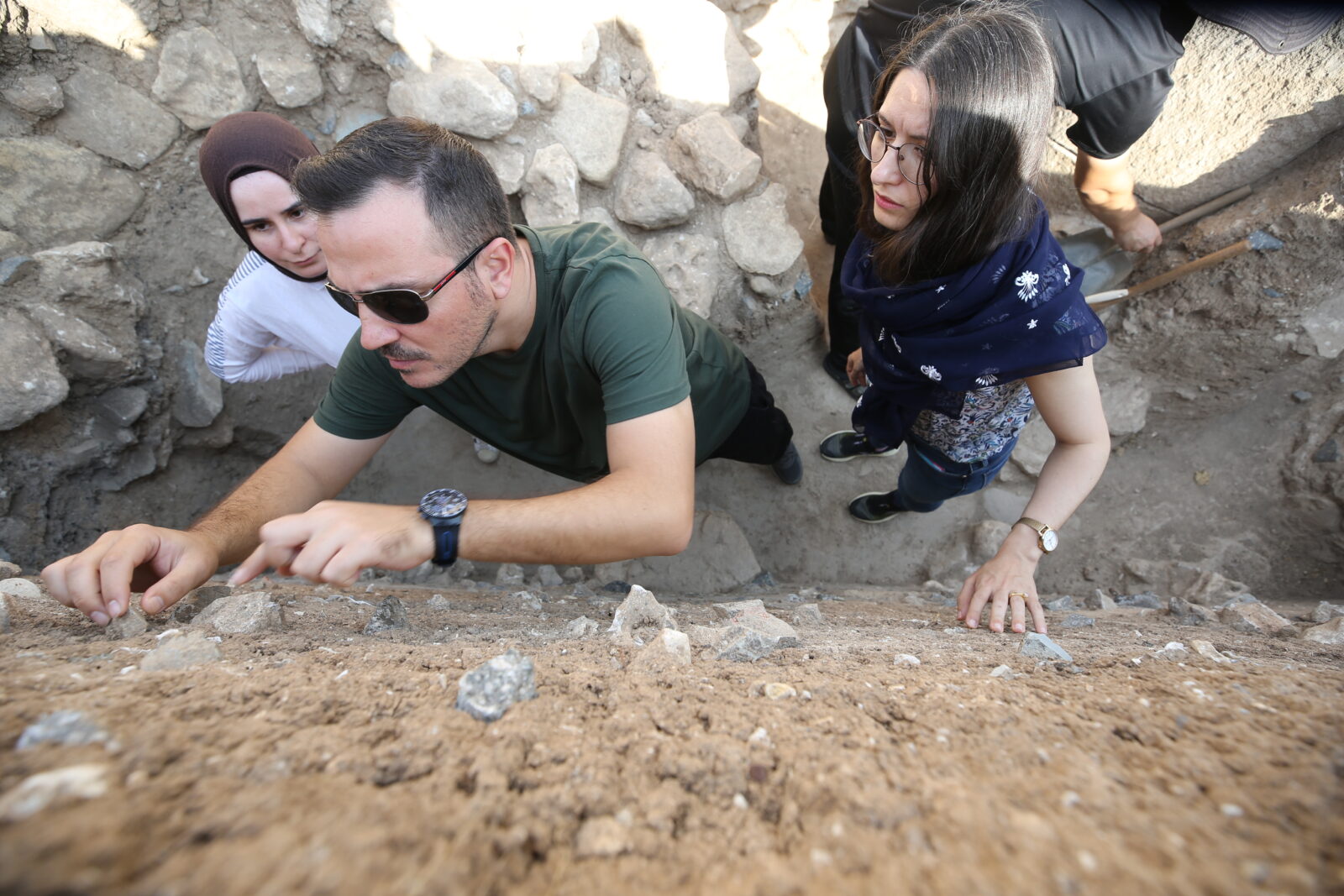
Boncuklu Tarla, positioned in a region that has been a cultural melting pot, has seen the rise and fall of 25 civilizations, including the Sumerians, Akkadians, Babylonians, Hittites, Assyrians, Urartians, Romans, Abbasids, Seljuks and Ottomans.
Excavations at this ancient site, initiated by the Mardin Museum Directorate in 2012 as part of the "Documentation and Preservation of Cultural Assets Affected by the Ilisu Dam and Hydroelectric Power Plant Project," have been ongoing intermittently.
Led by associate professor Ergul Kodas from Mardin Artuklu University's Department of Archaeology, a team of experts, including anthropologists, archaeozoologists and archaeobotanists, meticulously carry out the excavations, revealing a treasure trove of artifacts from different periods.
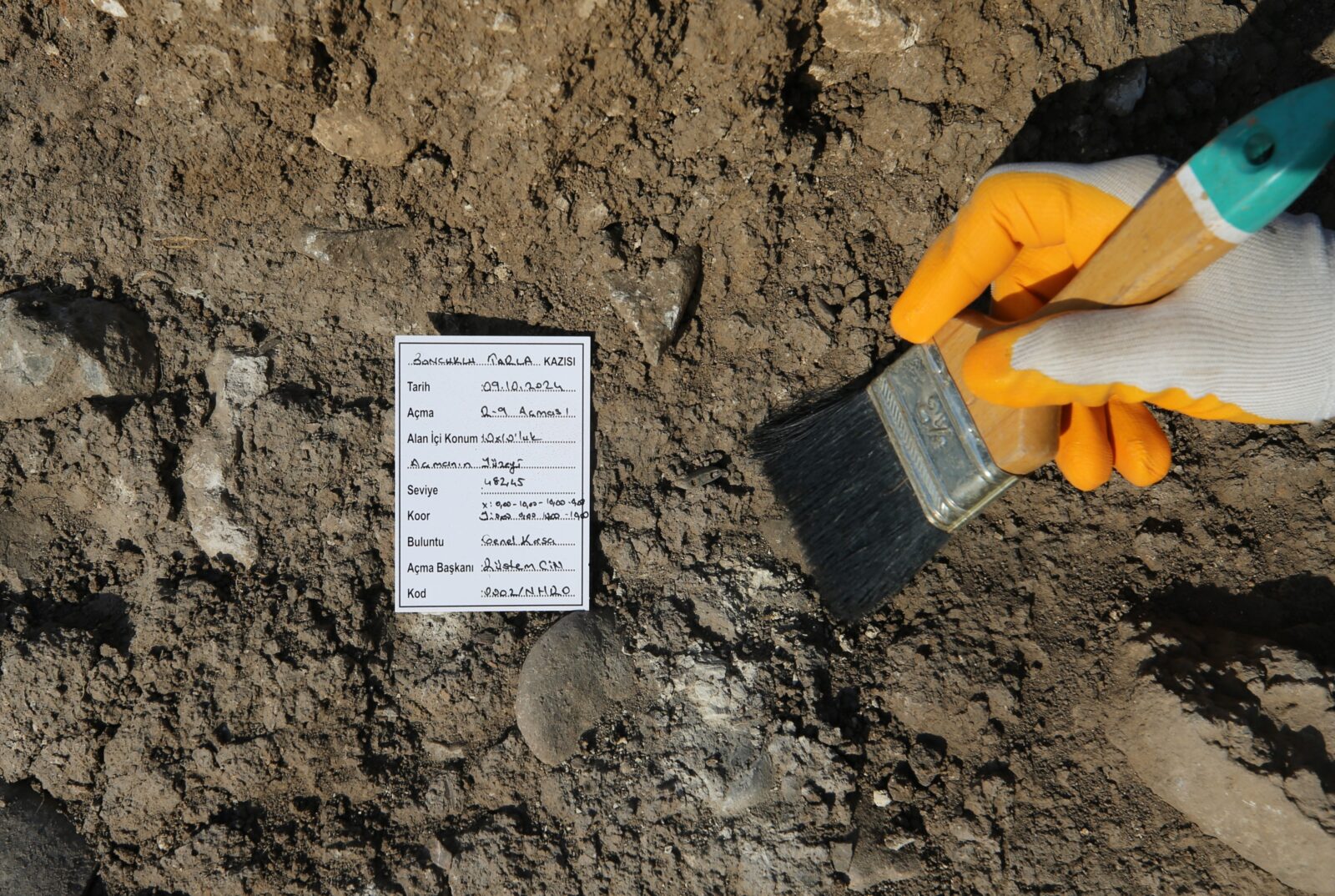
Covering an area of approximately 2.5 hectares, Boncuklu Tarla has produced artifacts ranging from the Late Epipaleolithic to the Neolithic period. Among the discoveries are residential structures, public buildings, and burial sites containing over 200 skeletons. Notably, more than 200,000 beads have been unearthed, giving the site its name, Boncuklu Tarla, meaning beaded field.
The Ministry of Culture and Tourism has included Boncuklu Tarla in its "Heritage for the Future Project," ensuring ongoing excavation with the support of the Ministry and local authorities. Provincial Director of Culture and Tourism Ayhan Gok emphasized the importance of continuous excavation, which will enable a more thorough exploration of the site, revealing further valuable findings.

Associate professor Ergul Kodas noted that Boncuklu Tarla was first identified during surface surveys conducted in 2008 as part of the Ilisu Dam project. He stated that excavations have revealed evidence dating back to earlier periods than previously thought.
“Initial studies suggested that Boncuklu Tarla was inhabited during the Pre-Pottery Neolithic period, between 10,000-8,000 B.C.,” said Kodas. “However, our findings indicate it could date back 1,000 years earlier, extending to the Late Epipaleolithic period, before the Neolithic era. The ongoing research suggests the potential to discover even earlier layers beneath the existing ones, possibly reaching back to 12,000 B.C.”
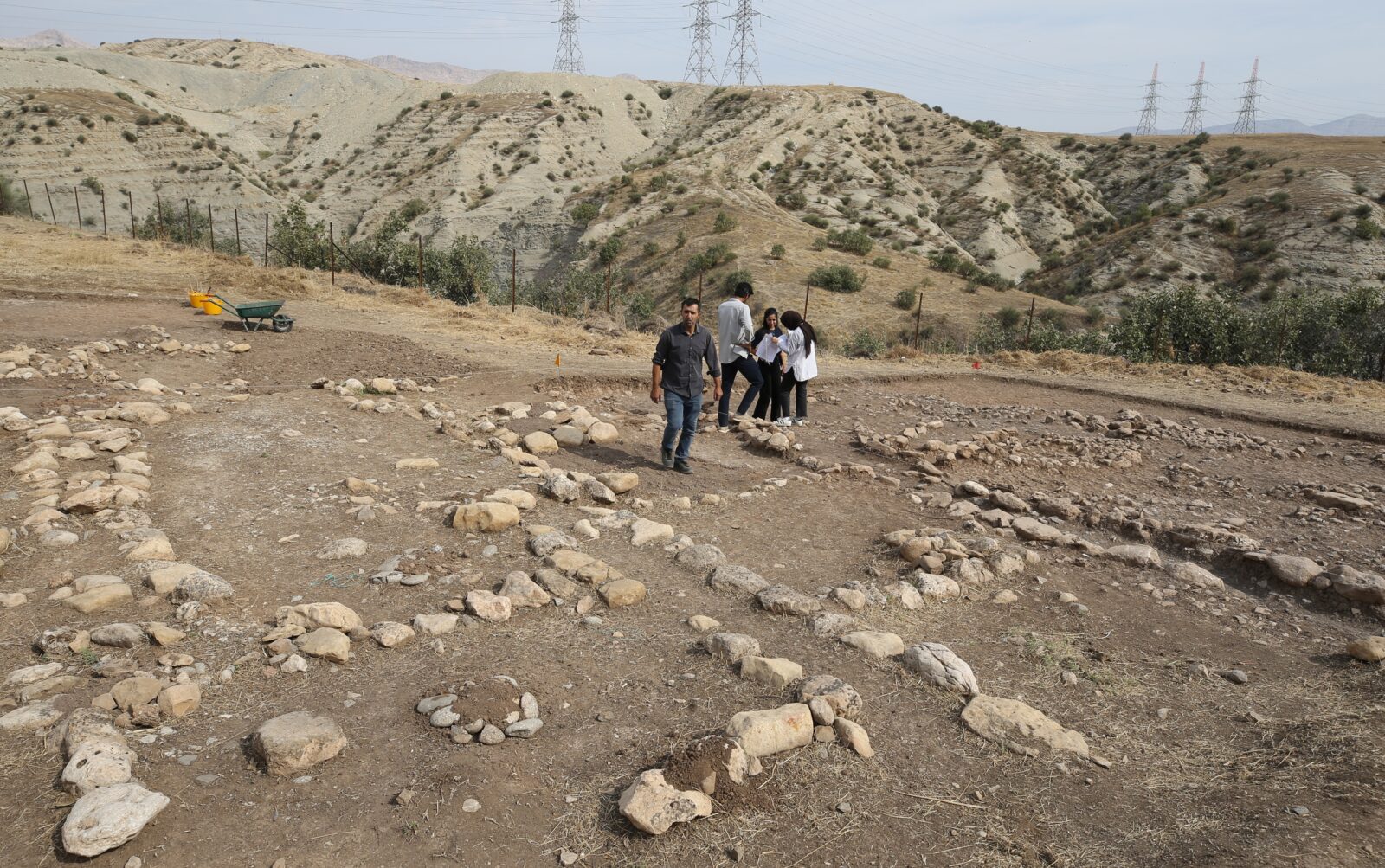
Kodas highlighted that Boncuklu Tarla holds a critical place in understanding the shift from nomadic to settled lifestyles in Southeastern Türkiye, a region where early farming and technical innovations emerged.
He explained, “The site gives us new information that we had not previously been able to interpret or locate elsewhere. For example, we have found evidence of early copper usage dating back to 8,500 B.C., suggesting a much wider use of copper than we originally thought.”
One of the intriguing findings is how animal motifs, especially bull-like figures, known in the Sanliurfa region, are represented. Instead of appearing on objects, stone pillars, or banquet settings, these motifs were used in the form of portable beads.
“This changes our understanding of how these symbols were used, revealing new cultural insights,” added Kodas.
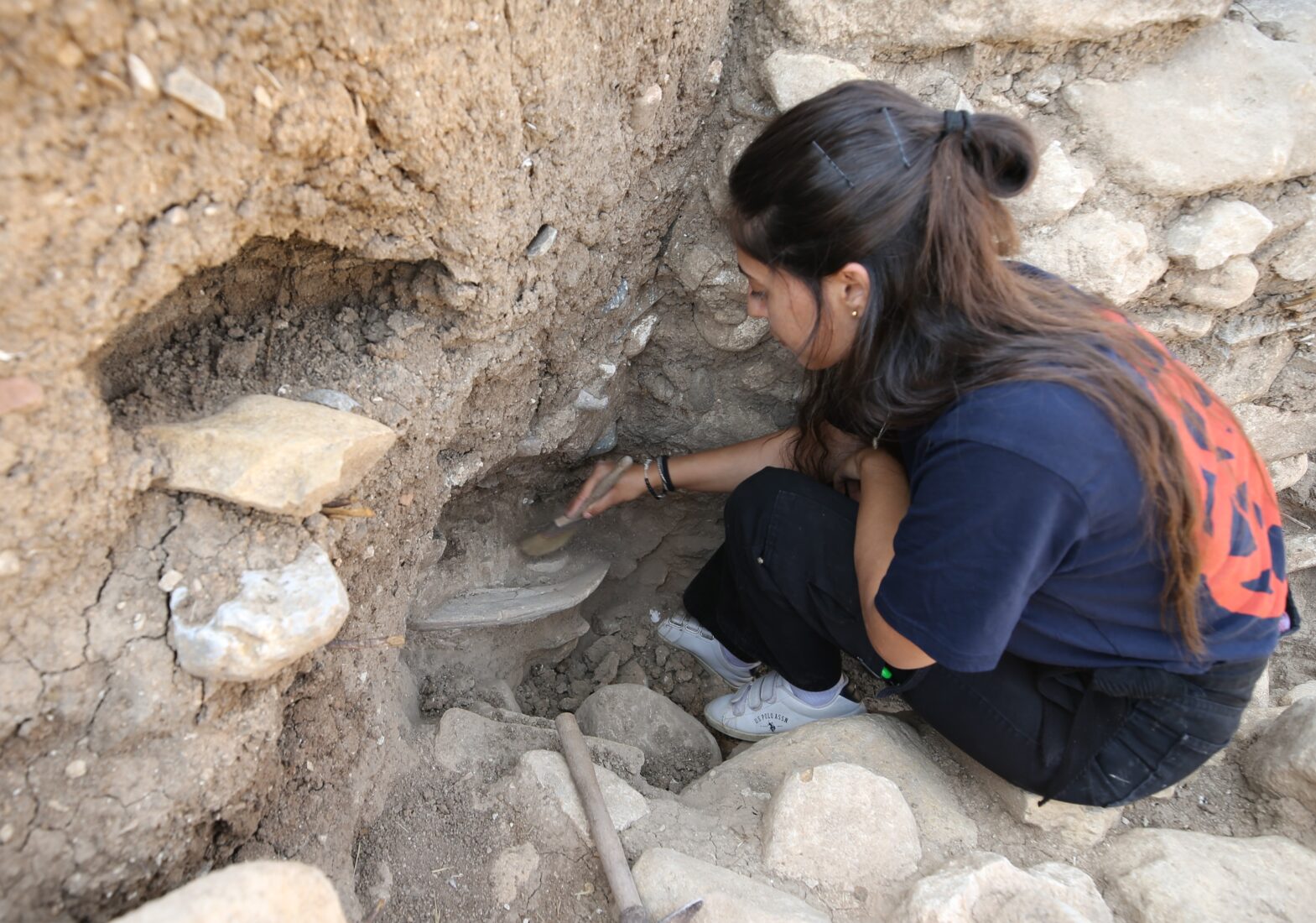
Despite years of excavation, researchers believe they have only scratched the surface. Kodas expressed optimism about uncovering deeper layers and potentially rewriting the timeline of early human settlements.
"Boncuklu Tarla is one of the critical settlements in the region, providing insights into the transition to agricultural lifestyles, cultural changes, and technical advancements. Our work, supported by the Ministry and local government, will continue to shine a light on these ancient pasts.”
Boncuklu Tarla, alongside other key sites, serves as a puzzle piece helping to assemble the larger picture of early human history in Southeastern Türkiye. As new discoveries emerge, the understanding of ancient civilizations and their way of life will only deepen, thanks to the ongoing efforts at this remarkable site.